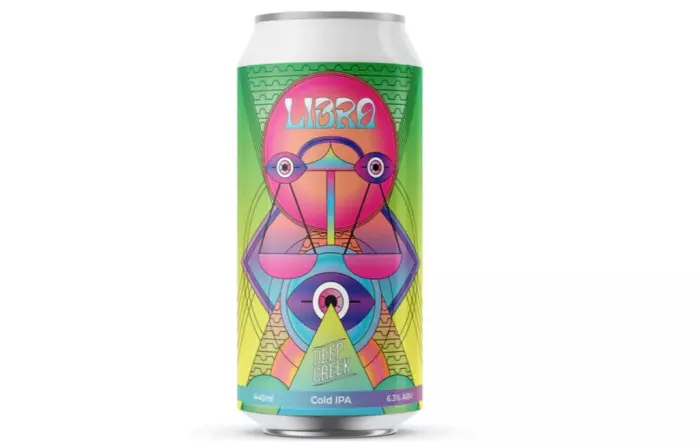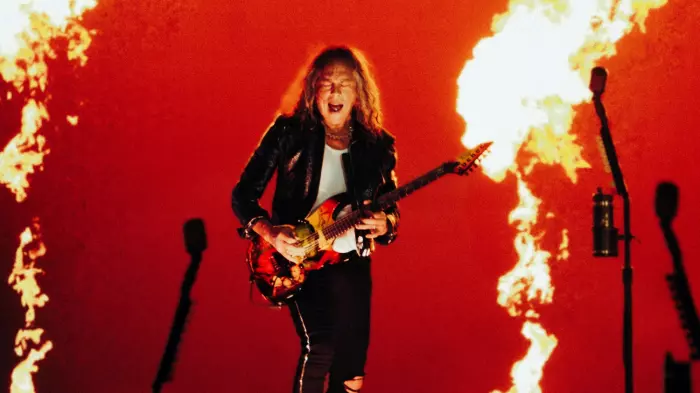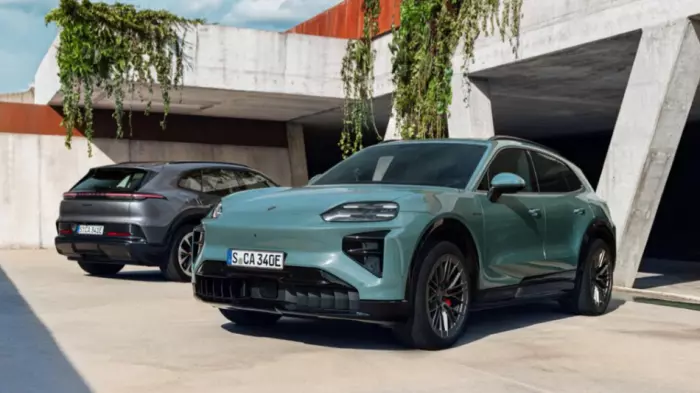The craft movement has altered the landscape of beer drinking in New Zealand. There are now close to 200 independent breweries in the country, battling with big breweries Lion, DB and Asahi (formerly Independent Liquor) for market share.
The independent breweries all produce familiar styles, but also more niche and challenging beers. It can be hard to know where to start.
Craft beers generally cost more as they are produced in small batches, often in limited runs and use more and expensive hops. NZ brewers have to compete with breweries from all over the world for some of the more coveted flowers.
Red, black or hazy
One of the most popular entry points for craft beer is Indian Pale Ale or IPA. Under the IPA umbrella there are further variations, from classic English IPA to American-styled IPA, with less toasty malt and the addition of copious piney, citrusy New World hops like Cascade, Centennial, Citra and Simcoe – a bit more in your face than the English style, surprise, surprise. There's red IPA – darker, sweeter, more caramelly – black IPA and just about everything in between, including the beer du jour, hazy IPA, also known as New England IPA.
Amazingly, for such a popular beer style, its origins have been traced to one brewery and one beer – Vermont brewery The Alchemist, which in 2003 produced the Heady Topper. It's actually a double or imperial IPA that was unfiltered and unpasteurized to have a hazy finish, but they appear to have claimed their place in hazy history. If you've ever tried home brewing, you'll know that 'beer haze' is often considered a fault in the brewing process - grain proteins from wheat and barley and solid compounds from hop oils, called polyphenols, being the main culprits.
Using the right recipes, techniques and yeast strains, the bits that cause this cloudiness can be evenly dispersed in the beer rather than settling, unsettlingly, on the bottom of the bottle or can. The texture and mouthfeel of a hazy and the fruity, hoppy aroma (with the bitterness dialled back), is what makes these beers stand out from 'regular' IPA.
The right balance
Locally grown hops used in NZ beers generally tend to land somewhere in between American and English hops, with slightly less of the citrusy and pine-like flavours found in the US hops and more tropical and gooseberry notes. Nelson Sauvin is probably the most famous local hop, named for its New World sauvignon blanc-ish flavour profile.
IPAs are often sold in 440ml cans as they are often best enjoyed as one tall glass or shared between a few friends – a great way to find out which ones you like.
For the first in my series of beer reviews, I chose four different styles of IPA from different breweries around the country. All these beers can be found in New World supermarkets or online.
Beer styles find a balance between bitterness/acidity, sweetness, alcohol, malt and hop flavours, along with colour and carbonation, but some beer styles tend to emphasise one characteristic over another. Generally, in the case of IPA, we're looking at the weight of alcohol balanced against a rich body created by plenty of malted barley and a good amount of hops.
Deep Creek – Libra – Cold IPA
6.3% ABV
2.2 standard drinks
440ml
One of Deep Creek's zodiac series, this IPA is a little bit different, in that it uses lager yeast and is brewed at colder temperatures than other IPAs. This was certainly noticeable in this offering from the Silverdale-based brewery. This beer style is less fruity than a hazy and and less bitter than an American IPA, with the presence of lager hops evident in the lighter colour and crisp finish. It does have hints of tropical fruit, lime and berry, however these were somewhat muted by the stronger lager taste.
I would almost describe it as a lager masquerading as an IPA. It is the kind of craft beer my lager-loving father would happily consume – an excellent option for those who prefer more 'traditional' tasting beer, rather than what you would expect from an in-your-face IPA.
A surprisingly easy to drink, post lawn-mowing brew.

Garage Project – Mojave Green – Californian IPA
6.6% ABV
2.3 standard drinks
440ml
Named after a highly venomous Californian pit viper, this offering from Wellington brewery Garage Project is one for those who like their IPAs at the piney, resinous end of the spectrum, as well as a strong presence of grapefruit, courtesy of a bucketload of hops, including Columbus Centennial, Centennial Incognito, Citra Incognito, Centennial Citra and Simcoe Centurion. Despite a nice malty base and fruity charcteristics, it didn’t grab me at first due to its bitterness. However, it grew on me as I developed a taste for the West Coast hops and adjusted to palate-numbing aftertaste – it's not a beer I can imagine pairing well with food. I didn’t find this nearly as memorable as other Garage Project beers I've tried, but this classic Californian style was as hard-hitting as the Deep Creek brew was gentle.

Urbanaut – Astoria – Hazy Double IPA
7.9% ABV
2.7 Standard Drinks
440ml
Brewed in Kingsland, Auckland, this hazy bouble IPA from Urbanaut was an incredibly cloudy, golden brew with the tropical pineapple and passionfruit turned up to 11, thanks to its use of Sultana and Vic Secret hops. Less carbonated than I expected, but full-bodied with a nice dry finish and hints of pine, it seemed appropriate for a rainy winter's evening rather than a summer barbecue. It grew on me as I made my way through the can, but that could certainly have been the very high alcoholic content in this luscious imperial.

Epic – Summer Nights – Hazy IPA
6.2% ABV
2.2 std
440ml
Epic has a strong presence in the craft beer community in NZ. Brewed in Onehunga, Auckland (with an excellent onsite tap room), this hazy was enjoyable from start to finish. Combining Mosaic, Chinook and Amarillo hops, the sweet citrus, tropical fruit, berry and spice flavours resulted in an incredibly quenching taste profile. With it’s slightly lower alcohol level (for an IPA), this was the kind of beer you could see yourself having a few of on a summer day (although it was equally welcome on this cold July night). I would call this a very user-friendly hazy as, in classic fashion, the bitterness has been dialled back to allow the fruit to shine and the crisp finish doesn't leave you feeling bloated. Rather, you're primed for another!















